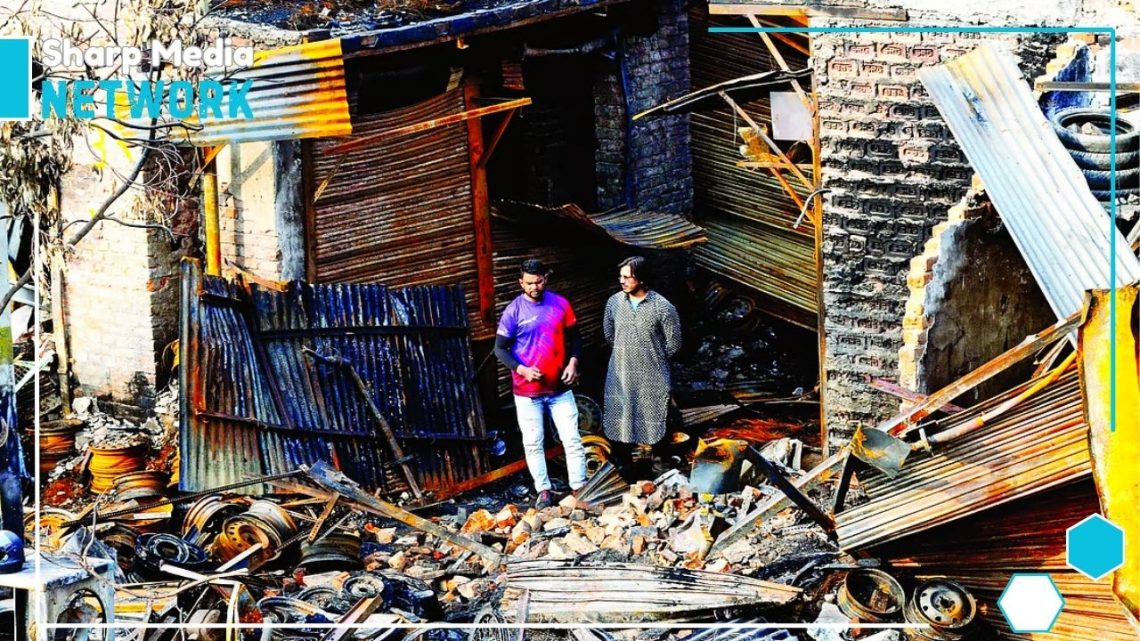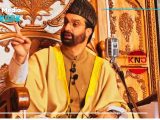
Political Strategies Fuel Surge in Communal Violence in India: Muslims Bear the Brunt in 2024
February 4, 2025In 2024, communal violence in India surged by 84%, with Muslims becoming the primary victims, sparking alarm over the deepening religious divides and the role of political strategies in escalating tensions.
In 2024, India witnessed a significant increase in communal riots, with incidents surging by 84%, from 32 to 59. Muslims were the primary victims, with 10 out of the 13 deaths linked to these riots occurring in states governed by the Bharatiya Janata Party (BJP). States such as Maharashtra, Uttar Pradesh (UP), and Bihar became hotbeds for religiously fueled violence, exposing deepening religious tensions within the country.
Out of the 59 communal riots recorded in 2024, 49 occurred in BJP-ruled states, revealing a troubling pattern where political and ideological strategies exacerbated religious conflicts. Many of these incidents were sparked by religious festivals, processions, and disputes over worship sites. In these states, right-wing groups often manipulated religious events to stoke hatred and violence, disproportionately targeting the Muslim community.
A significant number of these riots, 26 in total, were triggered by religious festivals or processions, particularly in BJP-led states. These festivals, while meant for celebration, became flashpoints for violence, with Muslims bearing the brunt of the attacks. Political strategies, including the framing of religious issues to garner votes, played a crucial role in inflaming these tensions.
In addition to festival-driven violence, six riots were sparked by contested religious sites, where fringe groups labeled mosques and dargahs (shrines) as illegal or symbols of historical oppression. These claims fueled further violence, with Muslims being the primary victims in such confrontations. This manipulation of religious symbols for political gain led to a series of violent outbreaks that escalated the already fragile situation.
Another troubling trend in 2024 was the desecration of religious places, which led to five major riots. These incidents were often driven by political and ideological motives, with Muslims becoming the scapegoats. State inaction, or at times complicity, in addressing these provocations allowed such violence to escalate unchecked.
Maharashtra emerged as the epicenter of communal unrest, recording 12 riots in 2024. Uttar Pradesh and Bihar followed closely, each reporting seven riots. These states saw political rhetoric, right-wing ideology, and religious festivals intensifying the tensions, resulting in significant violence against Muslims.
Muslims were the primary victims of these riots, accounting for 10 of the 13 deaths. The increasing number of attacks on Muslims in BJP-ruled states signals a disturbing trend of targeted violence against minorities. This escalation reflects a political strategy of deepening religious divides to further entrench power.
The rise in communal violence in BJP-led states is not a coincidence. Many believe the state’s deliberate stoking of religious disputes has led to deeper divisions in society, putting India’s secular identity at serious risk. Despite numerous warnings, the government failed to address these issues, with the 59 riots revealing a systemic failure to prevent the deepening religious polarization in the country.
The surge in politically motivated religious violence in 2024 threatens the very fabric of India’s secular and democratic values. As tensions rise, the need for greater inclusivity, dialogue, and government accountability has never been more urgent.

